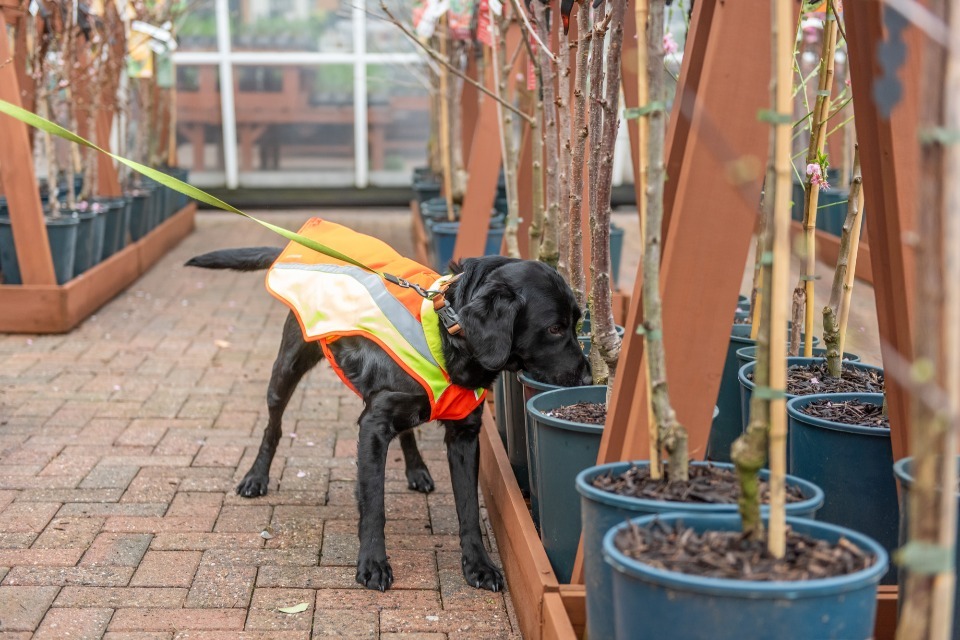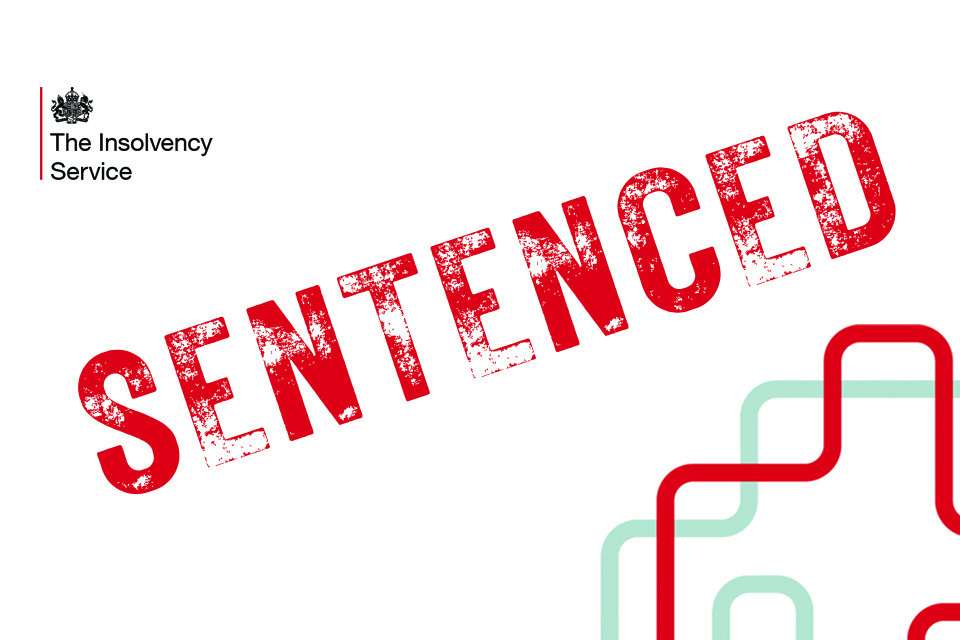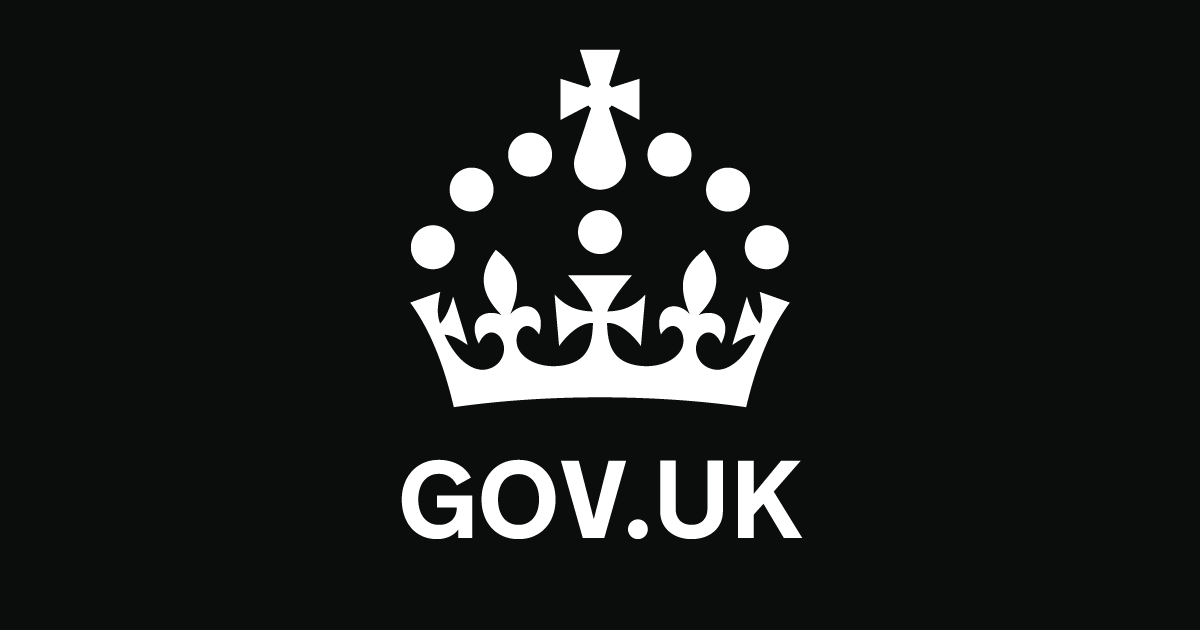Atlantic salmon stocks in England have reached new lows according to a new report (Monday 7 October).
According to the Atlantic Salmon Stock Assessment for 2024 from the Environment Agency (EA) and the Centre for Environment, Fisheries and Aquaculture Science (Cefas), 90% of principal salmon rivers in England are classified as either “at risk” or “probably at risk,” meaning salmon numbers are below minimum levels to support sustainable populations.
Atlantic salmon is an indicator species, reflecting the health and cleanliness of marine and freshwater ecosystems. A shrinking salmon population is a warning sign that much more work is needed to improve our natural environment.
The dramatic decline of salmon stocks is an international trend, with similar findings reported in Ireland, Iceland, Sweden and Canada, however the UK shows the most significant decline.
Agricultural pollution, sedimentation, and chemical runoff from industries, wastewater, and roads are degrading their habitats. As well as barriers to migration, water scarcity from abstraction and the persistent challenge from climate change and warming seas.
Action is needed across all pressures impacting salmon, and the EA and Natural England (NE) is calling on everyone from landowners and farmers, to the sectors of energy, waste and water to do more to protect this iconic and pivotal species.
Alan Lovell, Chair of the Environment Agency said
Forty years ago an estimated 1.4 million salmon returned to UK rivers each year. We are now at barely a third of that – a new low and evidence of the wider, growing biodiversity crisis.
The EA is already taking action to tackle water pollution, address barriers to migration and restore and improve habitats. We need all those who pollute to clean up their act.
We will continue to press on and improve our regulation of water quality and that is why I am pleased by the benefits the new Special Measures Bill brings, which will improve the EA’s ability to hold polluters to account.
Tony Juniper, Chair of Natural England, said
As a critical indicator species, England’s dwindling salmon population is a warning of the deteriorating health and connectivity of our waterways, and signals a threat to other wildlife species and local economies.
Working in partnership to restore rivers and seas will bring widespread environmental and ecological benefits, driving broader nature recovery, which is at the heart of Natural England’s mission.
The EA is taking action to improve our regulation of water quality and the government’s new Water (Special Measures) Bill will introduce the greatest increase in enforcement powers in a decade, giving the EA more powers to hold polluters to account.
Despite the overall picture, improvement on individual rivers have been recorded. Last year, the EA completed the largest fish pass in the UK, at Colwick near Nottingham, establishing a new route for migrating wild fish to reach the River Trent catchment. The Trent has observed an increasing number of salmon as overall water quality has improved following decades of decline following industrialisation.
Similarly, fish passage improvement on the River Severn, facilitated by the ‘Unlocking the Severn’ project, a collaboration between EA, NE and others. This has significantly improved a number of weirs known to block salmon migration routes. These improvements have helped to ensure that salmon and other migratory fish can now ascend the river more easily to reach their spawning grounds.
Taking action to reverse the trend will require concerted collaboration from a broad range of international and national policymakers.
Through national and international initiatives such as North Atlantic Salmon Conservation Organisation (NASCO) and the Missing Salmon Alliance the EA will champion Atlantic salmon and seek to mitigate threats to salmon numbers in our oceans and seas.
Further information
The latest Atlantic Salmon Stock Assessment for 2023 shows that England’s Atlantic salmon stocks are lower than 2022 levels in 4 out of 42 rivers which indicates a continuing decline.
The provisional declared rod catch in 2023 was 4,911 fish (21.7 t), which was 23% less than the final declared catch for 2022 and the lowest in the time-series (since 1988).
88% of rivers in England are failing to achieve their conservation targets (the level of eggs deposited) in 2023.
The assessment also shows that 84% of the principal salmon rivers in England are now classified as ‘at risk’ for salmon, the highest level since records began. 6 rivers are ‘probably at risk’, 3 ‘probably not at risk’ with 1 ‘not at risk’. These categories refer to a river’s probability of achieving the management objective – namely to meet or exceed the minimum stock Conservation Limit that describes the required egg deposition levels in at least 4 years out of 5, on average.
In England, it is illegal to sell any rod or net caught wild salmon in England. 95% of rod catches were released in England and Wales – the majority of anglers are returning any salmon they catch, be it mandatory or voluntarily. Released fish are estimated to have contributed about 9 million eggs to the breeding populations.
This trend of declining salmon stocks is not unique to England, the issue is being seen across other rivers in Southern and Northern Europe and within rivers in North America and Canada. However, the extent of these declines differ due to issues within river catchments and the areas in which salmon stocks migrate to within the marine environment.
Investigating the causes of the decline in wild salmon populations is actively ongoing through NASCO (the North Atlantic Salmon Conservation Organisation, an international organisation of which the EA is part of the UK delegation headed by Defra) and the Missing Salmon Alliance through the Likely Suspects Framework (LSF) initiative. These work programmes are considering the limiting factors both within freshwater, transitional waters and the marine environment.
The EA-organised England Fisheries Group (EA, Angling Trust, Institute of Fisheries Management, Rivers Trust, Wildfish, Atlantic Salmon Trust, Canal and River Trust, Wild Trout Trust, Angling Trades Association) regularly discusses salmon management and we are looking at how we can work better with our partners to support salmon management.







